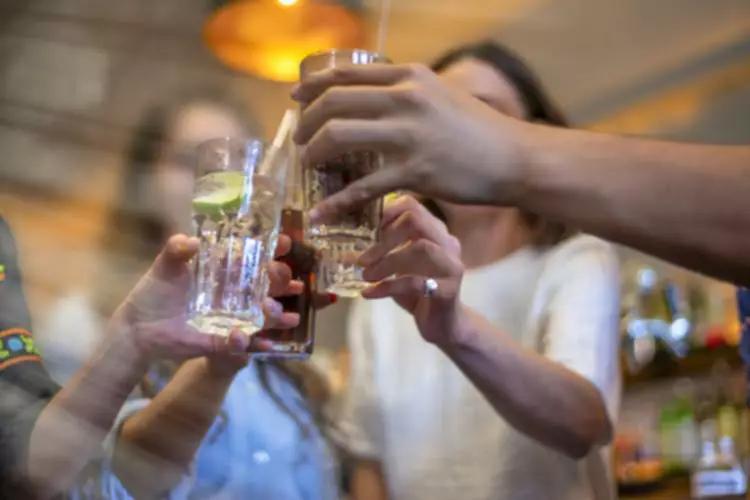
Quitting alcoholism treatment alcohol for an extended period may allow positive changes in brain structure. It may also help reverse adverse effects on thinking, memory and other cerebral functions. Alcohol interferes with the circadian rhythm, leading to sleep irregularities.
His clinic offers advanced drug and alcohol detox methods, long term recovery facilitation, and IV nutritional programs including NAD+ therapy. In a medical detox environment, it’s common to receive benzodiazepines for withdrawal. A patient may be given an initial injection followed by 1-2 weeks of tapered oral doses that are carefully monitored. It’s important to understand that withdrawal is not all in your head. Symptoms like rapid heartbeat, panic attacks, or a profound sense of impending doom can get worse and lead to fatal seizures.
Place a copy of your plan on your bathroom mirror, or somewhere you can always see it. Share your plan with someone you trust, letting them know how they can keep you accountable and help you meet your goals. Your plan should also include a system for measuring your progress, so you can know whether to continue with it or make necessary adjustments.

Importantly we help you understand that you are not giving anything up. Overall, stopping drinking can lead to a healthier and happier lifestyle. Weaning off alcohol can benefit people who drink moderately or have support systems. If you have a severe alcohol addiction, it might be best to seek professional addiction treatment. People who try tapering off alcohol won’t have the guided support of medical professionals that they would at inpatient treatment. In contrast, in-patient care can be more beneficial and less expensive in the long-term.
But if you drink alone, or down multiple drinks a day, it could turn into an unhealthy habit. If you can’t control it, it may lead to a condition called alcohol use disorder. Giving up drinking may let you focus on your relationships, work, and health. It also may ease any depression and anxiety and elevate your self-esteem. You must take firm steps and avoid negative influences to limit your drinking successfully. So, you will have to avoid former drinking buddies and try to start making new friends.
When you get stressed, try some deep breathing, listening to relaxing music, or going for a walk to clear your head. If it feels like too much to cope with on your own, join a local support group or find a therapist to help you through it. For more tips from our co-author, including how to set goals for your sobriety, read on. You will face triggers, experience cravings, and probably slip up. However, understand that slipping up does not mean that you’ve failed. Recovery is a long journey, so all you need to do is learn from your mistakes and move forward.

Limiting or abstaining from alcohol use can reduce your chances of developing cancer. People undergoing cancer treatment can also reduce the risk of complications by quitting alcohol. As drinking increases over time, withdrawal symptoms can progress from mild to psychologically exhausting and even dangerous. Many people avoid discussing their true levels of liquor stop drinking alcohol drawing consumption with their doctors. As a result, they do not find out about the proper use of benzodiazepines for withdrawal. Binging, abstinence, and relapse can form a vicious cycle that continues for many years.
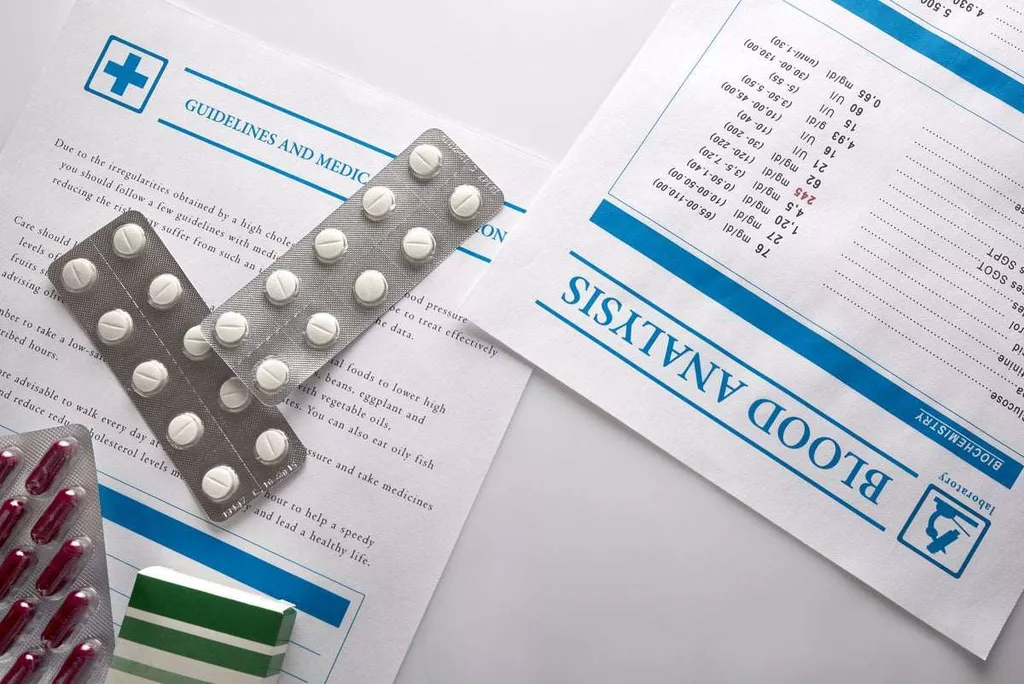
You may also use this period to reconnect with those who left because of your drinking habits. Keep a calendar somewhere visible so you can tick off the days you successfully limit your alcohol intake. Don’t despair or call it quits if you slip up or drink above your daily limit, simply continue the next day. Higher levels of anxiety — which you may feel when quitting alcohol, especially in social situations — can also incite a desire for sugar. So you might be searching for sweets due to stress, a reaction that sounds like something we can all relate to. • Acamprosate can be used after alcohol abstinence to alleviate anxiety, restlessness, dysphoria and insomnia as your brain adjusts to life without drinking.
Various treatment programs are available to help you recover from addiction. The time it takes to taper off alcohol varies based on how much a person drinks. Regardless, The initial detoxification process may take several days. Even just one bout of drinking too much may weaken your body’s germ-fighting power https://ecosoberhouse.com/ for up to 24 hours.
We cannot guarantee payment or verification eligibility as conveyed by your health insurance provider will be accurate and complete. Payment of benefits are subject to all terms, conditions, limitations, and exclusions of the member’s contract at time of service. Some states reserve halfway houses for people moving from long-term incarceration back into their communities. Conduct some online research or call facilities in your area for more information.
Early on in recovery, staying in a sober living home is an effective relapse prevention approach. It’s easier to resist the urge to relapse into drug-using habits when you have round-the-clock access to assistance and are in a substance-free environment. Transitional living, sober living, and halfway homes are terms often used interchangeably in addiction treatment circles. Let’s discuss the similarities, and more importantly, differences between these three concepts. As part of our evidence-based methodologies, we provide detoxification, counseling, skills training, holistic therapies, and aftercare services. The programs are flexible and can be customized to fit your unique situation.
They are not licensed medical facilities, but many are affiliated with treatment centers or overseen by recovery professionals. This financial responsibility, while an important part of rebuilding independence, can be stressful for some residents. It may lead to difficult decisions about prioritizing recovery-related expenses over other needs or desires.
Sober living homes vary in cost from inexpensive ($100-$300/month) to expensive (over $2,000/month), but many are in the range of $400 to $800 per month depending on where you live. You should expect to spend around the same amount of money you’d spend on rent for a modest apartment. Even after the client has moved into their new home, the housing case manager’s work does not end. They’re also in charge of keeping track of the client’s housing stability and health after they’ve found a place to live.
Mental illness doesn’t disqualify you, but you must be mentally healthy enough to engage with the program. To keep an orderly home, reasonable house rules should be part of an SLH or halfway house protocol. These rules are similar to what parents might expect of their children or that roommates might agree upon to help maintain a pleasant living environment. While many of these rules seem like they are normal rules of life, they are sometimes things that we must relearn in our recovery process. In a halfway home you should be prepared to be supervised at times and to have to adhere to rules of the house. If you are court ordered to a halfway house, you will also have to meet all of your probation requirements while also adhering to the halfway house rules.
Irrespective of its operational management, halfway house staff are not necessarily required to have any specific mental health training or background. During drug rehab, people are guided through the process of overcoming their substance misuse or inappropriate use. Medication-assisted treatment (MAT) may be available, depending on the individual’s needs. Most facilities offer flexible programs that can be customized for each client’s unique situation.
Sober living houses and halfway houses are often used interchangeably as they both provide a substance-free living environment for those suffering from addiction. Differences between the two can stem from funding, length of stay, and requirements to apply to live there. Sober living homes typically do not limit the length of stay and may not require previous attendance in a formal addiction treatment program. Halfway houses, on the other hand, typically have a time limit and require residents to either be attending a treatment program or have recently completed one. A sober living house is more than just a place to stay—it’s a supportive environment designed to help individuals in recovery build a strong foundation for lasting sobriety.
While there are many different types of halfway houses, some are strictly for people who have mental disabilities. Other halfway houses serve as the halfway point for convicted criminals to reintegrate into society but also have strict monitoring services. Halfway houses are more commonly for those in the beginning stages of recovery from alcoholism and addiction.
The Reframe app equips you with the knowledge and skills you need to not only survive drinking less, but to thrive while you navigate the journey. Our daily research-backed readings teach you the neuroscience of alcohol, and our in-app Toolkit https://venuschic.com/search/label/tattoo.html provides the resources and activities you need to navigate each challenge. Additionally, the number of federally approved halfway houses has declined in recent years. Living in one of these facilities gives us access to a combination of structured programming and on-site resources. Additionally, we’re surrounded by other folks in the exact same situation, all navigating early recovery together and encouraging one another every step of the way.
Others require residents to purchase and prepare their own food, promoting independence and responsibility as part of the recovery process. Halfway houses and sober living homes fall under the larger umbrella of recovery housing. While both facilities offer support for the newly substance-free, the two are distinguishable by fundamental differences. All SLHs and halfway houses should have standard admissions protocols in place https://ezeebike.ca/blog/bicycle-tattoo-ideas-that-will-inspire-your-next-ink-masterpiece to ensure that residents come into the home having proper expectations and similar recovery goals. Residents should also be able to perform daily activities like bathing, dressing, and eating without assistance.
We create tailored treatment plans based on each patient’s unique history and symptoms, sometimes using genetic testing to make well-informed decisions. Those who support and oversee the program admire the women who changed their lives. “I feel like my recovery is a gift from God that was always there,” Ingrum said. “I just needed to learn how to accept it, and there was a time in my life when I didn’t feel worthy.
Content
It makes you an essential leader in bringing psychedelic therapy for substance addiction recovery. So we’re closer than ever to integrating psychedelic therapy in mental health care systems. Likewise, it is also possible that those navigating their recovery from drugs can interpret the use of psychedelics in counterproductive ways.
Exposure therapy or systematic desensitization work on this premise to treat different anxiety disorders by slowly exposing a patient to different degrees of the triggering situation while guaranteeing safety. This can slowly reduce the activation of emotional stress responses by the nervous system. Poor or abnormal neuroplasticity is a physiological characteristic of mood disorders, including depression, anxiety, and PTSD. This can lead to reduced learning and concentration capacity, as well as a hindered capacity to reframe thought patterns and adapt to new situations. Although the focus of this article is on trauma, depression, and anxiety are frequent comorbidities of unresolved trauma and PTSD.
Introducing the idea that some psychedelics are actually any kind of aid in addiction recovery can blur the lines between the positive and negative effects of drug use, creating unnecessary confusion and risks. Extensive education is required with the use of psychedelics in addiction treatment to inform if such an approach is suitable for a particular patient. Danielle Nova is the co-founder of the Microdosing Facilitator Training, founder of Psychedelic Recovery and Executive Director of the San Francisco Psychedelic Society. Danielle is a leading trainer and guide in the psychedelic field, specializing in addiction recovery, microdosing, and spiritual transformation. With over six years of professional experience in psychedelics, she has impacted over 20K individuals worldwide through providing comprehensive education, training programs and integration services.
So, what is a psychedelic-assisted therapy session like, and what exactly happens in these treatments? This article will shed some light on these topics, providing more information on what PAT practices have been studied and what these treatments typically involve. Drugs are applied for one or more sessions lasting as short as 45 minutes (ketamine) or as long as eight hours (psilocybin). Some members of Psychedelics in Recovery have embraced these clinical approaches with therapists in their own lives, understanding that healing often requires addressing deep-seated trauma. Psychedelics like MDMA, psilocybin, and ayahuasca have shown promise in helping individuals process and heal from trauma, allowing them to break free from the patterns of addiction.
This substance is known for its hallucinogenic and stimulant effects that produce feelings of intensified sensory perception, elevated mood, sociability, and increased energy. There’s an increasing cultural shift highlighting that these hallucinogens can heal—and even cure—a range of conditions and symptoms. We sat down with Ellen Vora, MD, the holistic psychiatrist and author of The Anatomy of Anxiety, to dive deep into the world of therapeutic psychedelics for a three-part video series. In our new video series, the holistic psychiatrist breaks down how psychedelics rewire the brain—and how these treatments can change lives. Hawaii Island Recovery, the Big Island’s premiere residential substance marijuana addiction abuse rehabilitation facility for adults, offers a comprehensive treatment program in a tranquil and healing environment.
However, while traditional 12-step programs have been transformative for many, they are not one-size-fits-all. Some individuals find the abstinence-only model too rigid or feel alienated by the spiritual language. Psychedelics in Recovery honors the strengths of 12-step recovery while expanding its scope to include those who seek healing through psychedelics, which may not align with the abstinence-only model. First, it is essential to highly monitor the use of psychedelics to identify and prevent any development of replacement addictions. Despite the potential positive benefits, there is also a chance for abuse of psychedelics or adverse reactions to the practice, and heavily monitoring a patient’s responses to their use and one’s attitudes surrounding them is paramount to the approach.
Research came to a screeching halt with the criminalization of psychedelic drugs. During this time of shifting paradigms, psychiatric research was flourishing with promising observations about the efficacy of psychedelics to treat psychiatric concerns. Since people with PTSD https://ecosoberhouse.com/ often have increased activity in the amygdala, this effect may support nervous and emotional regulation and aid the process of trauma integration 17. This suggests that it has the potential to alter the way memories are perceived. In fact, study participants reported perceiving bad memories as less negative and good memories as more euphoric, vivid, and intensified while on MDMA 15. This could be a great tool in trauma processing and the reframing of traumatic memories.
This mitigation of fear response can create a stronger frame in order to face emotionally challenging memories such as those tainted by trauma. Since the synthesis of LSD in 1938, thanks to the work of Albert Hoffman, its use for psychotherapy has been studied and experimented with by some of the biggest names in the psychedelic space. LSD (lysergic acid diethylamide) was one of the most researched and explored substances in the 40s-60s. Although many of these substances have been used for centuries and even millennia, modern scientific research and standardization of their safe use still have ways to go, and certain substances have far more substantial research than others.
It’s like trying to put out a wildfire with a garden hose – sometimes, you need a more powerful tool. What’s more, the nature of psychedelics makes them near impossible to test using the established ‘placebo’ method. Test groups immediately know they have taken a mind-altering substance, and not an inert control.
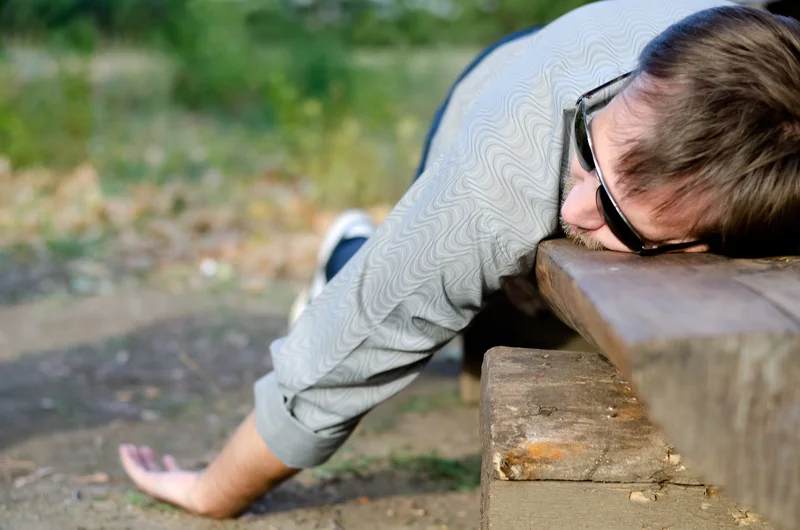
Can you take any proactive steps to reduce their stress level or recommend any steps they can take on their own? Lowering stress is an important step towards dealing with dry drunk behaviors. Identifying and understanding the various triggers for dry drunk syndrome is essential for maintaining sobriety and fostering a healthier recovery. Triggers can be emotional, environmental, or related to personal relationships. One of the hallmarks of dry drunk syndrome is the emotional instability that comes with it. Individuals may swing from feelings of anger to sadness without alcohol as a coping mechanism.
If you or a loved one struggles with an addiction to drugs or alcohol, contact FHE Health and let us show you your options for recovery. Also, maintain a positive outlook in the hope that addiction treatment professionals can Sober living home help them forge a solid commitment to recovery. Drinking close to a half-dozen beers a day took a toll on his work. Although he managed to get his diploma, after graduation, he found it hard to get and keep a job.
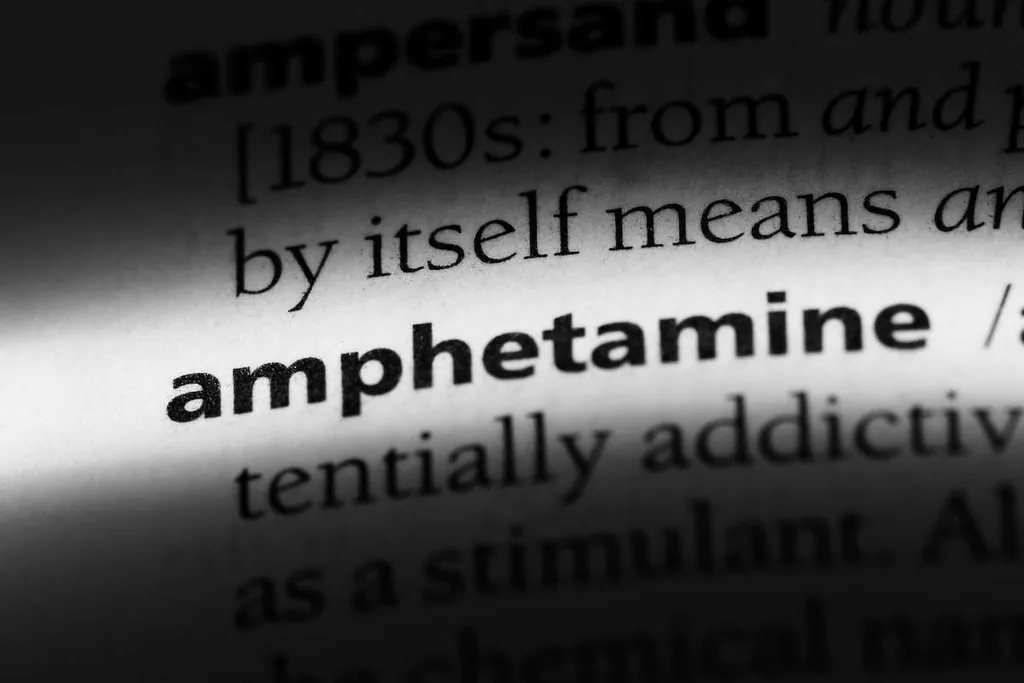
Use of this site constitutes acceptance of Sober Recovery’s “Terms of Use”, “Privacy Policy”, “Cookie Policy”, and “Health Disclaimer”. The material on this site is for informational purposes only, and is not a substitute for medical advice, diagnosis or treatment provided by a qualified health care provider. It is imperative to note that those who are not part of the AA program often view the term “Dry Drunk” as offensive and overgeneralizing.
That can be confusing and discouraging — just as dry drunk symptoms are for someone cutting out alcohol. For some, alcohol abuse and drug abuse was self-medication for emotional or mental health issues they were struggling to deal with. Sobriety without being able to address these issues often leaves the newly sober person raw and as though they have open wounds. It is important to learn how to manage stress, and develop a support system that can help when the stresses of life seem impossible to bear.
People may start to believe that since they are no longer alcoholics, there isn’t anything else that needs to be done, but suddenly they cannot brush off negative thoughts. One may resist completing all the dry drunk syndrome rehab program modules and stop regularly attending alcohol support group meetings. No one expects you to recover from an alcohol use disorder alone—nor should you. Even the people who you alienated before you quit drinking may welcome the opportunity to spend time with you. Learning the symptoms of dry drunk syndrome as well as a few strategies to better cope can help you or someone you love to move past this stumbling block toward lasting recovery.
For example, at Boardwalk Recovery Center, we focus on healing the whole person and work to assist clients in analyzing the behaviors and attitudes they displayed prior to sobriety. Attending a recovery program that provides comprehensive substance abuse treatment, a 12-step program, or another type of support group helps a person determine the root cause behind their alcoholism. Alcoholics Anonymous is a 12-step program for those struggling with alcohol abuse. It is essential to seek professional help if you or a loved one are experiencing dry drunk symptoms. A healthcare provider or addiction specialist can provide a proper diagnosis and develop an individualized treatment plan to manage the symptoms and prevent relapse. By seeking professional help and developing healthy habits, people with dry drunk syndrome can take the necessary steps towards a more positive, sober lifestyle.

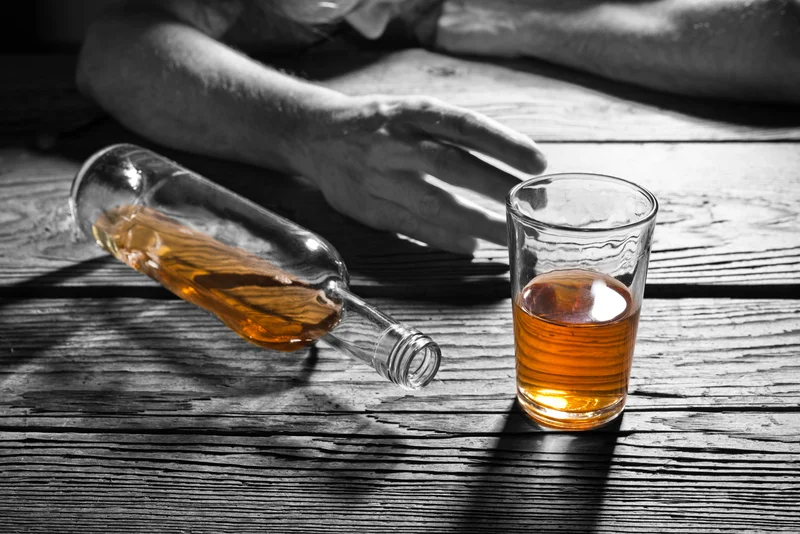
The impact of alcoholism extends beyond the physical and mental toll. It can cause a person to lose their sense of self, leading to feelings of guilt, shame, and low self-esteem. It can also result in isolation from loved ones and society, further fueling the cycle of addiction.
When an individual stops consuming alcohol, the brain and body go through an adjustment period known as withdrawal. Once sober, however, the dry drunk painfully realizes their crutch to lean on is gone and they must be accountable for their actions. On the contrary, they’re masters at sleight of hand, of fooling others their behavior is perfectly fine.
Dry Drunk Syndrome, or “dry drunk,” is a term used to describe someone who is abstaining from alcohol but still exhibits some of the same behaviors and attitudes of an active alcoholic. Dry drunk syndrome can be a warning sign that you are in danger of relapse. Alcohol addiction, formally known as AUD (alcohol use disorder), is a mental illness. It is pretty hard for you just to stop drinking if you have an AUD. Some people try to quit drinking alcohol without professional help.
While many people start their journey with treatment, staying sober often needs continued support and structure. While some may be hungry to integrate back into society after a stint in a treatment program, there is an expectation that you will remain an active participant in the home and follow its rules. Some sober living houses may be placed in neighborhoods with high crime rates. Overall, sober living homes are more than just a stepping stone between treatment and the real world.
The risk of relapse when someone leaves addiction treatment is particularly concerning. One study into people being treated for heroin addiction showed a considerable risk of death from overdose in the month following treatment. This indicates the need for greater health education of drug users and the implementation of relapse and overdose death prevention programs.
Sober living homes are group homes for individuals recovering from addiction to drugs or alcohol. Many sober houses are privately owned and receive no funding from state or local governments – rather, charity organizations and the residents themselves pay for costs. They are usually located in peaceful, quiet areas to offer a supportive, quiet environment for the less stable early recovery period. Sober living homes were https://www.street-f.net/2018/12/ inspired by halfway houses, but these two programs are not the same thing. Halfway houses often run on government support, which means many of the services they offer suffer when government programs are cut. Halfway houses also required residents to have successfully completed a recovery program before receiving a bed.
If you or someone you care about needs ongoing support after rehab, sober living https://cheekystreet.com/tag/sober-literature/ could be a great option for lasting sobriety and a better future. Individuals usually need to be in recovery and drug- and alcohol-free to qualify for admission to a sober living home. Some homes may require that you have completed an inpatient treatment program.
Ultimately, a well-crafted routine becomes a vital tool, empowering individuals to face life’s challenges with confidence, clarity, and a renewed sense of purpose. While sober living homes provide structure through rules and routines, they also allow for a certain level of independence. This balance is crucial as it helps residents gradually adjust to life outside of a treatment center. They can begin to manage their own time, finances, and responsibilities, which is an important step toward lasting recovery. Recovery is a journey that doesn’t end when you leave anaddiction treatment center. Without the structure and support found in treatment, it’s easy to feel overwhelmed by old environments and routines.
This effect can cause ongoing problems and make someone reluctant to return home after addiction treatment. The U.S. Department of Housing and Urban Development (HUD) also highlights that safe, drug-free housing is a critical factor in preventing relapse and improving long-term addiction recovery outcomes. Recovery housing with peer support reduces the risk of substance use recurrence by through emotional and social reinforcement.
Some sober living homes offer sliding-scale fees based on income, allowing residents to pay according to what they can afford. Additionally, some homes work with insurance companies to cover part of the cost, especially if the person has been in rehab before. Each home offers different levels of support, amenities, and services, which can affect the price.
Sober living homes provide furnished common areas, organized spaces, and strict cleanliness guidelines to ensure a healthy and distraction-free atmosphere. A sober living home enforces a zero-tolerance policy on drug and alcohol use to create a safe and stable recovery environment. This policy includes random drug and alcohol testing, immediate consequences for violations, and clear guidelines on maintaining sobriety. To have the best chance for effectively recovering from addiction or substance abuse and remaining sober long-term, individuals should look for drug-free, stable housing that will support their recovery. Anyone who wants to stop drinking alcohol or using drugs should consider joining a sober living community. Many residents complete a rehabilitation program prior to approaching a sober living home, but this is not mandatory.
It’s worth reaching out to potential sober living homes to discuss any assistance they may provide. With the right resources, cost should not be a barrier to getting the support needed for recovery. Consider the peer community and support network available at the sober living home. Are residents encouraged to build meaningful relationships and support each other in their recovery?
Once a person completes intensive addiction treatment, returning to regular daily life can be challenging. Going back to the same environment in which one previously abused drugs or alcohol can be https://mediredvital.com/2018/11/ a trigger for recovery derailment. Unstable living environments can even be a severe obstacle to the most highly motivated people. Some are on the campus where drug and alcohol addiction treatment is provided, and others are independent homes, apartments or condos.
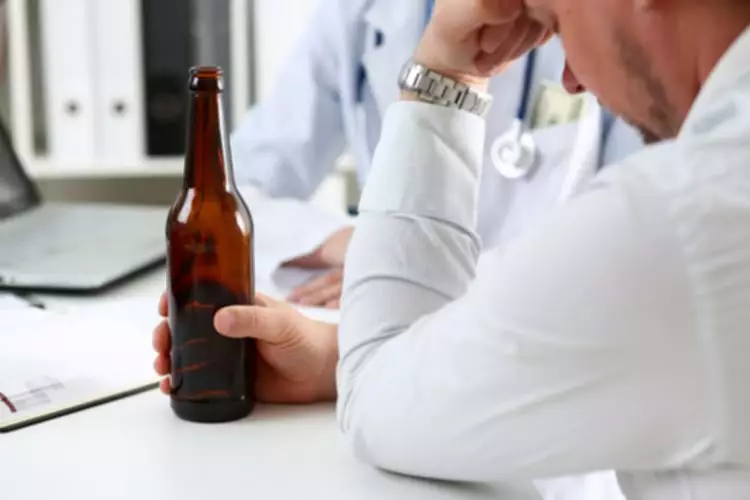
In 1911, Guelp and Marie first reported that fasting reduced the severity of seizures in 20 patients with epilepsy. However, the descriptions of the participants and the methodology in this study were not sufficiently detailed 11. This seminal finding was soon followed by the recognition that an increase in BHB levels, a byproduct of fasting, was pivotal in alleviating epilepsy symptoms. In 1921, Woodyatt discovered that a diet low in carbohydrates and high in fat could lead to an increase in BHB levels, thereby laying the groundwork for subsequent research 12. Wilder built upon these findings and proposed the implementation of a low-carbohydrate, high-fat diet for patients with epilepsy, which has been shown to alleviate their symptoms. The Recovery Village at Palmer Lake offers comprehensive addiction treatment for drug and alcohol addictions and co-occurring mental health conditions.

However, the underlying alcohol use disorder requires focused intervention, whether that’s through detox, rehabilitation, nutritional counseling, or psychosocial support services. Seeking medical help for alcoholic ketoacidosis is essential for several reasons. First and foremost, medical professionals can provide immediate care to address the symptoms and stabilize the individual’s condition. This may involve intravenous fluids to address dehydration, as well as monitoring and managing electrolyte imbalances that can occur as a result of alcoholic ketoacidosis.
The clinical assessment for Alcoholic Ketoacidosis (AKA) involves a comprehensive evaluation of patient history, physical examination, and laboratory findings. An interprofessional team, including social workers, are often needed to address these particular situations. Finally, patient education is highly recommended, as in many cases, the cause of DKA is failing to comply with treatment. Infection is a very common trigger for DKA in patients who have new-onset diabetes and previously established diabetes. If there is any suspicion of infection, antibiotics should be administered promptly.

Clinical research supports the notion that ketogenic diet (KD) intervention can elevate FGF21 levels and enhance autophagic function 71. Collectively, these findings suggest that KD may prevent the progression of renal injury in DM and improve prognosis by promoting autophagy. However, studies specifically addressing the relationship between KD and DKD are limited.


The pharmacist and nurses should determine if the patient was compliant with insulin treatment. Following discharge, the social workers should be involved in the care since recurrent DKA admissions are common, especially in inner-city hospitals. Socioeconomic status, education status, access to insulin, the presence of health care coverage, and the presence of mental illness, etc. play a big role in marijuana addiction these patients. In patients with DKA, the fluid deficit could be up to 10-15% of the body weight.1 Immediate fluid resuscitation is vital to correct hypovolemia, restore tissue perfusion, and to clear ketones. Studies have shown that the keto diet results in faster weight loss than a reduced-calorie diet.

If you’re ready to combat your drinking and take back control of your life, let Sunlight Recovery help you. These tests can help determine if a person alcoholic ketoacidosis smell has ketoacidosis and pinpoint the underlying cause. They can also determine whether the patient has impaired liver function, which often occurs with alcoholic ketoacidosis. Alcoholic ketoacidosis is the buildup of ketones in the blood due to alcohol use. Ketones are a type of acid that form when the body breaks down fat for energy.

Addiction is a problem that many of us will face at some point in our lives. It’s often a response to trauma, mental health issues, or extended time spent in a high-stress environment. Maybe weight and food problems are not really about food and weight.

Meditation can help people with addiction by calming their minds and giving them the focus they need to stop the cycle of addiction. Addiction to a substance or behavior is a disorder that develops when an individual becomes unable to stop using or engaging in the addictive behavior even though it causes them significant harm. People who have addiction might benefit from meditation such as mindfulness, kundalini, and others. The Beyond Addiction course offers a unique experience to learn about your self and why you do what you do. ” It gives you hope and the opportunity to learn what will change your life. The meditation for addiction described below enables us to tap into our inner strength.
She continues her recovery journey to this day through various 12 Step programs. She is available to offer trainings, lead workshops, and provide private sessions for group and one-on-one support. The following Kundalini Meditation is an effective meditation to heal & help alleviate conscious & subconscious addictions.
Personally, I have found that Kundalini yoga slaps all your truths right in the face. Your pain is fully revealed, and you can lean into it as you are going through a kriya that lasts for minutes at a time. When you’re in the middle of an exercise that seems physically impossible, you can let your mind take over and make the experience worse.
Yoga hasn’t been scientifically proven to directly aid in overcoming addiction. However, mindfulness, and its positive effects with addiction recovery, has been studied extensively for the past 30 years. The conclusion is that mindfulness-based addiction meditation kundalini treatments have shown to produce positive effects such as short and long-term reductions in cravings and addictive behaviors.

In our https://ecosoberhouse.com/ modern culture, addictive behavior is everywhere. We may be addicted to smoking, eating, drinking, or drugs; or we can be addicted subconsciously to acceptance, advancement, rejection, emotional love, etc. All of these lead us to insecure and neurotic behavior patterns.

When the quest for power—which is an archetypal journey—goes astray, it becomes one of the great drivers of acute addiction. We will always be hungry despite the bounty at our feet, always trying to solve a riddle that cannot be solved. That was me before I found Kundalini Yoga back in 2003. Theta is an ideal state for super learning, storing information in long term memory, re-programming your mind, dream recall, and self-hypnosis. The theta frequency is recognized as the gateway to learning and memory. What is learned in theta get’s stored in long term memory.
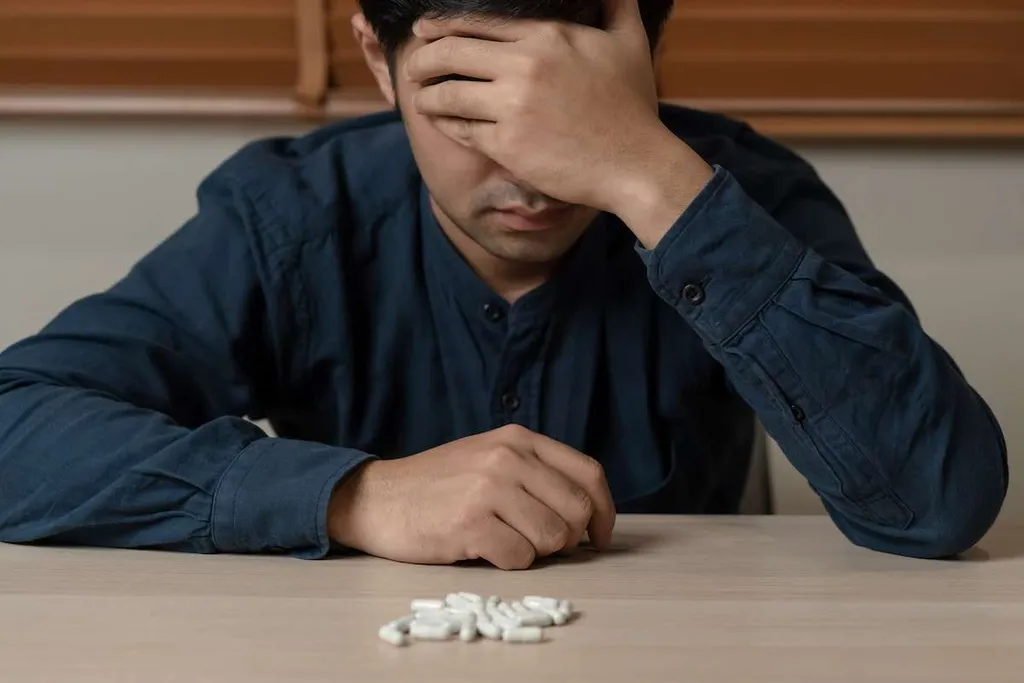
I say minimize the damage and do your best to keep your body at peace without ingesting the known addictive foods – refined sugar being on the top of the list. Almost everything I do is in one way or another related to the fact that I want to feel good all the time. This does not mean that I do, but it does mean Sober living house that I do the best I can to cultivate a state of well being. But feeling good is so important to me that it is worth all the time and effort. And what I eat is mostly determined by how I will feel after I eat.
The victory mindset is everything, it’s an attitude of I can do this, I can get stronger. The universe is conspiring for your greatest good all you have to do is meet it. Contrary to common thought, rationality and intuition go hand in hand. We’re dedicated to sharing “the mindful life” beyond the core or choir, to all those who don’t yet know they give a care. We focus on anything that’s good for you, good for others, and good for our planet.